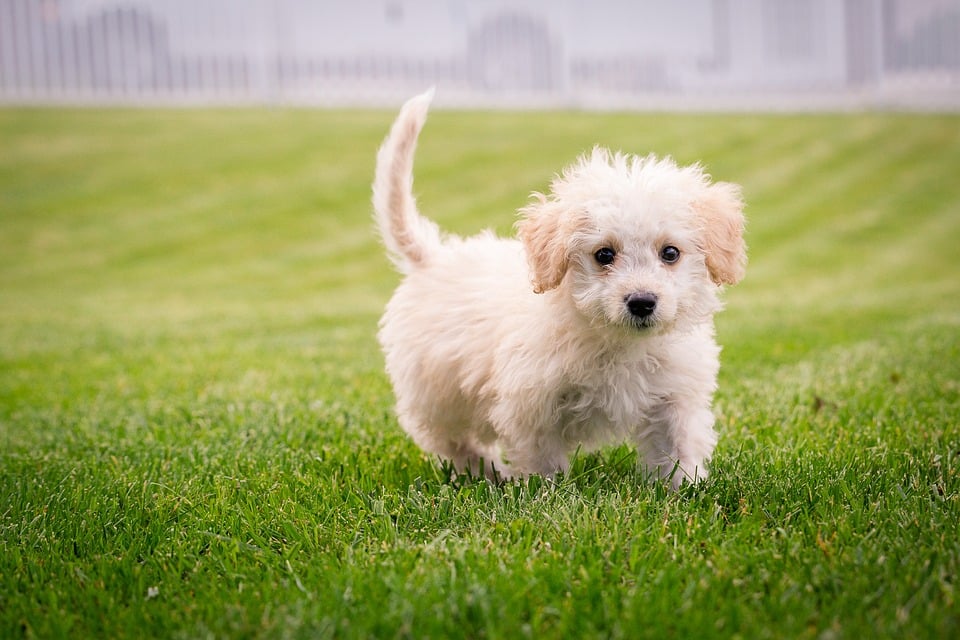From Misbehaved to Magnificent: Transforming Your Dog’s Behavior Through Training
Introduction:
Owning a dog can be one of the most rewarding experiences in life. However, it can also be quite challenging when your furry friend displays misbehavior that disrupts your daily routine and causes frustration. Luckily, there is a solution – training. Training your dog not only corrects undesirable behaviors but also strengthens the bond between you and your pet. In this article, we will explore the process of transforming your dog’s behavior and how training can make your misbehaved pup into a magnificent companion.
Why is Training Important?
Training is an essential aspect of dog ownership as it provides structure and guidance for your pet. Dogs are social animals that thrive on routine and rules. Without proper training, they may develop behavioral issues, such as excessive barking, aggression, destructive chewing, or disobedience. By investing time and effort into training, you will ensure that your dog understands what is expected of them and how to behave appropriately in different situations.
Key Training Techniques:
1. Positive Reinforcement: This technique involves rewarding your dog for exhibiting the desired behavior. Whether it be a treat, praise, or a favorite toy, positive reinforcement helps to build a positive association for your dog. For example, when teaching your dog to sit, you can reward them with a treat when they successfully follow the command. By consistently using positive reinforcement, your dog will soon understand what behaviors are expected of them.
2. Clicker Training: Clicker training is another effective method that uses a clicker (a small device that emits a distinguishable sound) to mark desired behaviors. The clicker is used as a signal to communicate to your dog that they have done something correctly and that a reward is imminent. It helps your dog associate the sound with positive reinforcement and accelerates the learning process.
3. Consistency and Patience: Consistency is key in dog training. By consistently reinforcing the desired behavior and redirecting the undesirable behavior, your dog will understand the difference between right and wrong. Patience is also crucial in training as dogs may take time to grasp new commands or behaviors. Remember to be patient and avoid using punishment or physical aversion, as it can lead to fear or aggression.
The Training Process:
1. Puppies: The best time to start training your dog is during their puppyhood. Puppies are like sponges, eager to absorb new information and learn from their surroundings. Socialization and basic obedience training should be the primary focus during this stage. Teach them essential commands like sit, stay, and come, as well as appropriate behavior around people and other animals. Puppy training classes can also be a great way to provide structured training while allowing them to interact with other dogs.
2. Adolescence: As your puppy grows into adolescence, they may test boundaries and exhibit challenging behaviors. This stage is crucial for reinforcing previous training and introducing more advanced commands. Patience and consistency are especially important during this period, as your dog may be more prone to distractions or stubbornness. Engage your dog in mentally stimulating activities, such as puzzle toys or agility training, to channel their energy in a positive way.
3. Adult Dogs: Adult dogs can also benefit from training, especially if they have missed out on foundational training in their earlier years. Start by assessing their behavior and identifying any problematic areas. Is your dog reactive towards other dogs? Do they have separation anxiety? Tailor your training to address these specific issues. Seek professional help if needed, as certified dog trainers can offer specialized techniques and guidance.
Frequently Asked Questions (FAQs):
Q: Can any dog be trained, regardless of age or breed?
A: Absolutely! Dogs of any age or breed can be trained. While younger dogs may have a natural inclination to learn, older dogs can certainly acquire new skills with patience and consistent training techniques.
Q: How long does it take to train a dog?
A: The duration of training varies depending on the dog’s age, temperament, and previous training. Basic obedience training usually takes a few weeks, while more advanced training may require several months. Remember, training is an ongoing process, and it’s essential to reinforce learned behaviors consistently.
Q: Is punishment or physical aversion necessary for training?
A: No. Training should always focus on positive reinforcement and rewards rather than punishment. Punishment or physical aversion can lead to fear and aggression, compromising the trust between you and your dog.
Q: Are there any specific training techniques for aggressive dogs?
A: Aggression is a serious issue that requires professional help. Trained behaviorists can assess the root cause of aggression and develop a customized training plan to address it. It is important to prioritize the safety of both your dog and others when dealing with aggression.
Q: Can I train my dog by myself, or do I need professional help?
A: Basic training can be done by pet owners themselves using a variety of available resources, such as books, online courses, or YouTube tutorials. However, professional help is recommended for complex behavioral issues or if you are unsure how to address specific problems effectively.
Conclusion:
Training is the key to transforming your misbehaved dog into a magnificent companion. Through positive reinforcement, consistency, and patience, you can teach your dog appropriate behaviors, strengthen your bond, and create a harmonious household. Remember that training should always be ongoing, even for well-behaved dogs, to maintain their learned behaviors and introduce new skills. Embrace the journey of training and enjoy the rewards of a well-behaved and happy furry friend by your side.

